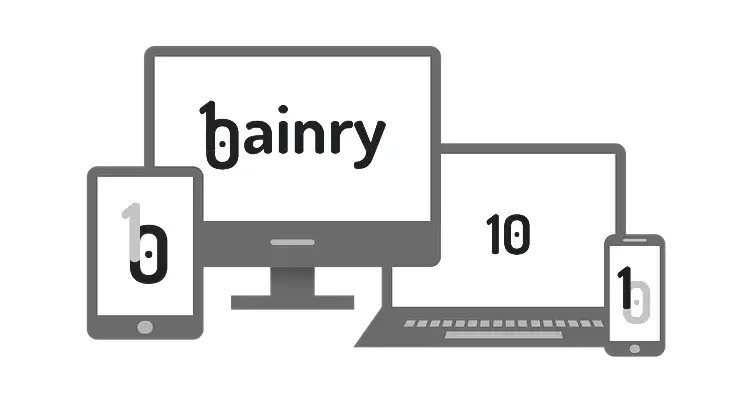bainry
real-time websites and applications
What Are Real-Time Websites?
Real-time webové stránky enable instant content updates without requiring the entire page to reload. These websites respond immediately to user actions and provide up-to-date information in real time. This technology is primarily used in areas such as online stores (e-shopy), microsites promoting individual products or services, information portals, or social networks.
Advantages of Real-Time Websites
-
Instant Feedback Users can see the results of their actions immediately, increasing satisfaction. For example, in e-shops, customers can instantly check the availability of a product in real time.
-
Loading Speed and User Experience Websites that load quickly and respond instantly to requests provide a better experience for users. If a website takes several seconds to load, there’s a high chance users will switch to competitors.
-
SEO Benefits Search engines like Google prioritize websites that load quickly. Speed is one of the main factors influencing rankings in search engine results.
-
Improved Competitiveness Real-time features help websites stand out from the competition. Businesses that can provide customers with relevant and current information have a significant advantage in a crowded market.
-
Efficient Communication with Visitors Chatbots and live chats integrated into real-time websites allow companies to respond quickly to customer queries, increasing the likelihood of closing a sale.
Disadvantages of Real-Time Websites
-
Higher Development and Maintenance Costs Real-time technologies can be financially demanding to implement, especially for small businesses.
-
Technical Limitations A fast website requires quality hosting and optimized code, which demands experience and knowledge of the field.
-
Vulnerability Websites operating in real time may be more vulnerable to cyberattacks if not properly secured.
Why Is Speed Crucial?
Studies show that users expect a website to load within two seconds. If loading takes longer, over 40% of visitors leave the site. This means every additional second could cost businesses potential customers and revenue.
Speed as an SEO Factor
Search engines like Google prioritize websites that load quickly. Why? Because website speed affects:
-
User Experience – Faster websites have lower bounce rates.
-
Content Indexing – Search engines can quickly and efficiently crawl website content.
-
Advertising Costs Reduction – Faster websites achieve better quality scores in ads, potentially lowering the cost-per-click (CPC).
Digital Marketing and the Speed of Information Dissemination
Speed isn’t just about website loading; it’s also about how quickly information about your website reaches your target audience. Here are some ways to achieve this:
-
SEO and Content Marketing Optimizing your website for keywords ensures users find you faster in search engines.
-
Business Directories and Online Catalogs Registering a company in an online katalog is a quick way to boost website visibility.
-
Social Media and Microsites Using microsites to promote individual campaigns or products can effectively target specific customer groups.
-
Online Advertising and PPC Campaigns Properly cielená reklama ensures that the right people learn about your website quickly and efficiently.
Practical Examples of Speed in Practice
-
E-Shops Fast websites help customers quickly find and purchase products. Real-time updates, such as product availability or discount alerts, can boost sales.
-
Courses and Training Websites offering online courses or education can use real-time features to display current schedules or available slots.
-
Services and Reservations Hotels, reštaurácie Bratislava, and other services can utilize real-time systems for online bookings, saving time for both customers and businesses.
Conclusion: The Future Lies in Speed
Speed is now critical not only for websites but for business success as a whole. Real-time websites enable businesses to stay competitive, improve SEO, and provide an exceptional user experience. Therefore, investing in a fast and efficient website is one of the most important steps a company can take.
Because waiting not only wastes time but also loses customers.

